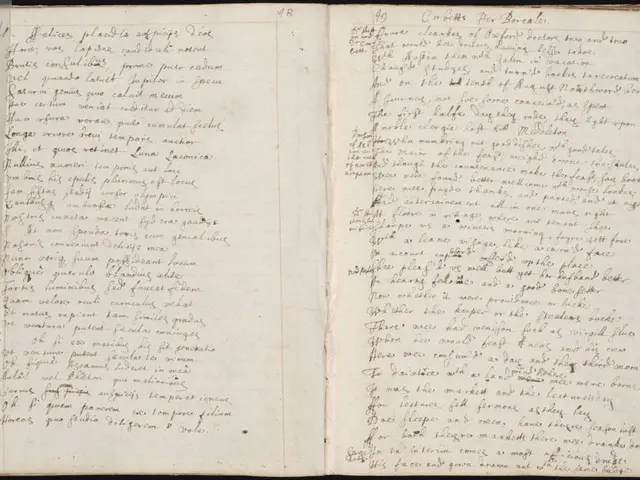Guide to Creating Graphs: Top Tools and Methods
In the realm of data analysis and visual storytelling, three popular tools stand out: Microsoft Excel, Google Sheets, and a modern, interactive platform. Each tool offers unique features that cater to different needs, making them ideal for various purposes.
Microsoft Excel, a tried-and-true tool, boasts a solid range of chart types, including flowcharts, which are easy to create and customise, albeit with limited options. Excel's strength lies in advanced chart customisation and complex data handling, backed by strong automation through VBA, making it ideal for users needing sophisticated charts tied to complex analysis.
Google Sheets, on the other hand, offers a wider variety of chart types than Excel, including unique types like Gauge Chart and Timeline Chart. It excels at real-time collaboration on charts, making it convenient for teams working together online. However, it is less powerful in automation and complex data processing compared to Excel.
The modern platform, while less explicitly detailed, may offer more robust automation or flexible data views, which could enhance how charts are created and manipulated compared to Google Sheets. It offers a wide variety of chart and graph types, as well as dozens of 2D and 3D widgets, icons, illustrations, graphics, 3D characters, and scenes for customisation. The platform's AI chart maker suggests a variety of visual styles based on a detailed prompt and allows for previewing, editing, and regeneration of the chart.
When it comes to collaboration, Google Sheets is a clear winner, with excellent real-time collaboration on charts and data. Excel, however, has limited real-time collaboration, mostly offline-oriented. The modern platform's real-time collaboration feature allows team members to view, comment, edit, and make changes to designs.
Charts and graphs are visual representations of data, and they can take many different forms and styles, such as bar, line, and pie charts. Excel charts are particularly effective at conveying your findings at a glance, especially when making comparisons or visualizing trends. The modern platform offers a more visually engaging histogram with options like semi-transparent background images and customizable colour gradients.
In conclusion, Excel excels in advanced chart customisation and complex data handling, backed by strong automation through VBA, making it ideal for users needing sophisticated charts tied to complex analysis. Google Sheets offers a wider variety of chart types and excels at real-time collaboration on charts, making it convenient for teams working together online but less powerful in automation and complex data processing. The modern platform's comparison is less explicitly detailed, but it may offer more robust automation or flexible data views, which could enhance how charts are created and manipulated compared to Google Sheets.
The modern platform also offers interactive visualizations with multiple options for adding animations, clickable elements, hover effects, and pop-ups. It is possible to animate text and objects in the platform's charts and add text effects and enter and exit animations to specific objects or everything on the canvas.
In terms of pricing, the modern platform offers a free plan, as well as paid plans starting at $12.25/month for the Starter plan and $24.75/month for the Pro plan. It also offers an extensive library of professionally designed chart and graph templates, as well as team collaboration and workflow tools, analytics, and AI-powered tools.
Whether you're a seasoned data analyst or a beginner, these tools provide a range of options to help you make sense of your data and tell compelling stories with your visualizations.
- The modern platform, with its AI chart maker and diverse selection of 2D and 3D widgets, could be beneficial in the realms of business, finance, and even education-and-self-development, as it offers more visually engaging histograms and interactive features like animations, clickable elements, and pop-ups.
- In the world of sports, where data-driven decision making is increasingly important, the modern platform's ability to animate text and objects in charts and add text effects could bring a new level of insight to performance analysis and visual storytelling.
- While Google Sheets excels in real-time collaboration on charts, technology advancements may enable the modern platform to offer a more collaborative experience, allowing team members to view, comment, edit, and make changes to designs in real-time, much like Google Sheets, but likely with additional features.




